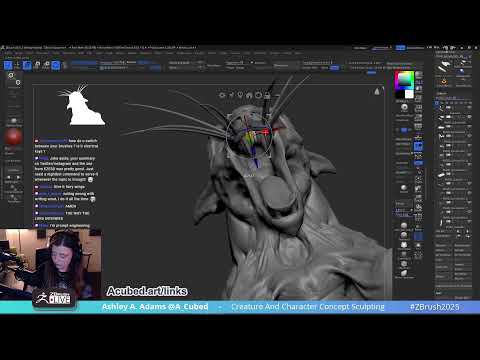Your Cart is Empty
Customer Testimonials
-
"Great customer service. The folks at Novedge were super helpful in navigating a somewhat complicated order including software upgrades and serial numbers in various stages of inactivity. They were friendly and helpful throughout the process.."
Ruben Ruckmark
"Quick & very helpful. We have been using Novedge for years and are very happy with their quick service when we need to make a purchase and excellent support resolving any issues."
Will Woodson
"Scott is the best. He reminds me about subscriptions dates, guides me in the correct direction for updates. He always responds promptly to me. He is literally the reason I continue to work with Novedge and will do so in the future."
Edward Mchugh
"Calvin Lok is “the man”. After my purchase of Sketchup 2021, he called me and provided step-by-step instructions to ease me through difficulties I was having with the setup of my new software."
Mike Borzage
Cinema 4D Tip: Mastering Subsurface Scattering for Realistic Skin Effects in Cinema 4D
July 15, 2024 2 min read

Enhancing the realism of 3D characters in Cinema 4D often hinges on the ability to replicate complex real-world skin properties, one of which is subsurface scattering (SSS). Subsurface scattering is crucial for materials like skin, where light penetrates the surface, scatters within the material, and exits at a different point, creating a soft glow and ensuring that the skin doesn't look unnaturally hard or plastic.
Here is how to master subsurface scattering for skin effects in Cinema 4D:
- Choose the Right Shader: Cinema 4D's physical render engine comes with a dedicated subsurface scattering shader. Ensure you're using a skin material that utilizes this shader to get the most out of the SSS properties.
- Understanding SSS Parameters: Familiarize yourself with the key parameters like Path Length, Strength, and Scattering Color. These control the look of the SSS effect and will determine how realistically the light diffuses under the skin.
- Scattering Color: For realistic skin, use a scattering color that mimics real blood and tissue hues. Typically, this will be a color with red or pink tones.
- Texture Maps: Use high-quality texture maps to drive the SSS effect. Epidermal, subdermal, and backscatter maps can enhance the realism of skin by dictating where light should scatter more or less.
- Testing in Different Lighting: Skin doesn't react to light in a uniform way. It's essential to test your SSS effect under multiple lighting conditions to ensure it looks natural in both daylight and low light.
- Layering: Real skin is not a single surface; it has multiple layers with different properties. Utilize a layer shader to stack different textures and effects, mimicking the complex structure of skin.
- Keep it Subtle: Overdoing the SSS effect can lead to an unnatural, waxy look. Start with subtler settings and only increase them as necessary.
- Combine with Bump and Specular Maps: Subsurface scattering should be used in conjunction with other material properties like bump and specular maps to create a comprehensive skin effect.
By mastering subsurface scattering, you can bring your characters to life with skin that looks organic and believable. For the best results, consider purchasing professional skin textures or creating your own detailed maps.
For more advanced tutorials and resources, be sure to check out NOVEDGE, a top retailer for design software with a vast array of products tailored to the needs of 3D artists and designers.
```You can find all the Cinema 4D products on the NOVEDGE web site at this page.
Also in Design News

Creature & Character Concept Sculpting – Ashley A. Adams “A_Cubed” – ZBrush 2025
October 30, 2025 1 min read
Read More
Doubling Output, Halving Costs: ConMed’s Content Success Story
October 30, 2025 1 min read
Read MoreSubscribe
Sign up to get the latest on sales, new releases and more …



